In today’s environmentally conscious world, customers recognise the importance of eco-friendly packaging, and they actively seek products that align with their values. As a result, sustainable business practices and therefore packaging are becoming a crucial aspect of a business’s brand identity and driver of customer loyalty. In this article, we explore five sustainable packaging practices that our clients actively harness to reduce their environmental footprint.
Here are 5 eco-friendly packaging tips that we’ll be discussing:
- Utilise sustainable packaging materials that are recycled, recyclable, and biodegradable.
- Incorporate vegetable and soy-based inks.
- Optimise the size of your packaging to minimise waste.
- Replace plastic protective barriers with corrugated cardboard for a greener alternative.
- Eliminate lamination from your packaging to reduce environmental impact.
Let’s explore these tips now in more detail.
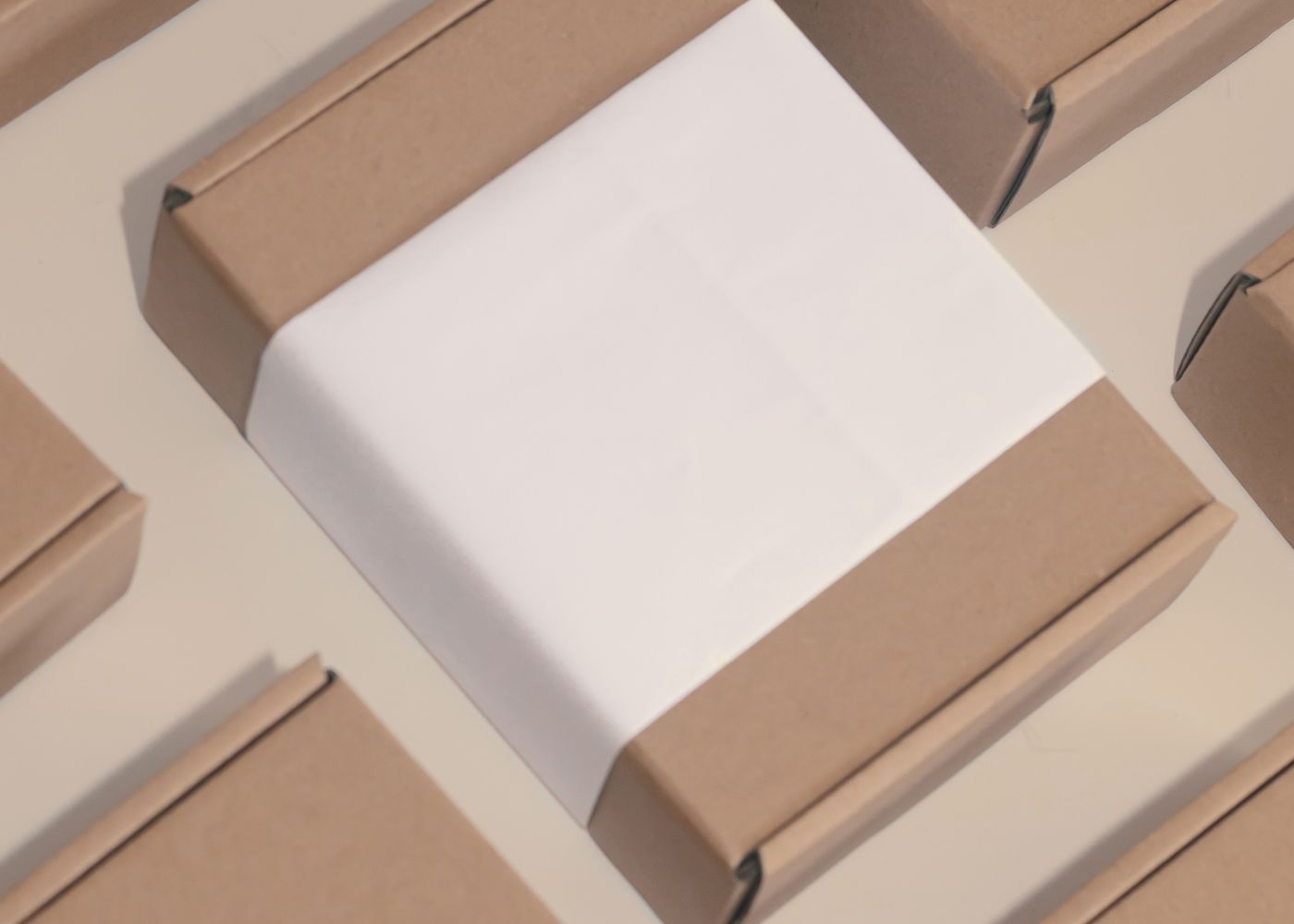
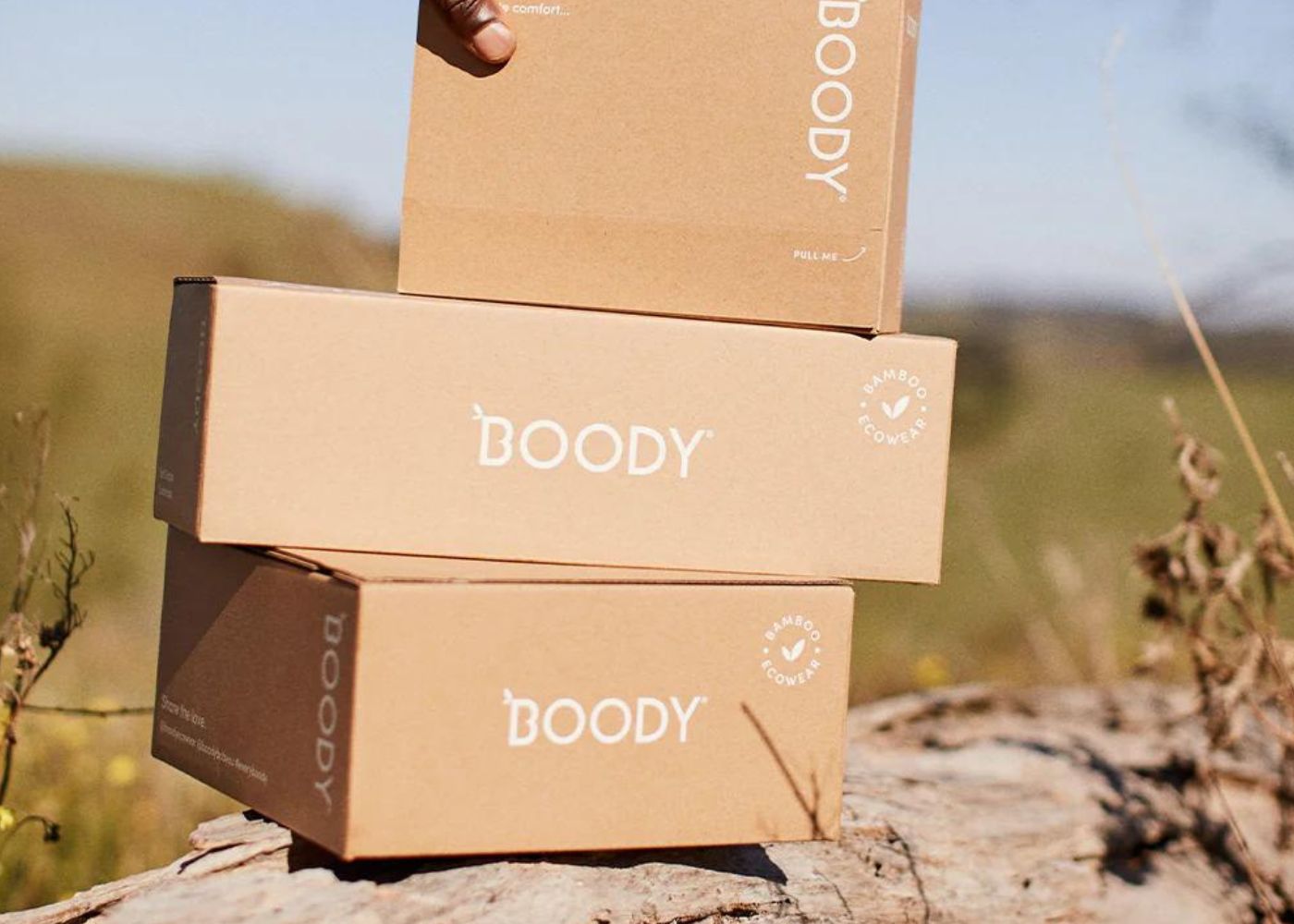
1. Use sustainable packaging materials that are recycled, recyclable and biodegradable
Since 2016, Boody’s team has made a notable positive impact on the planet with their bamboo clothing line. Boody’s sales reach 15 countries globally and their commitment to sustainability extends into the future. Boody’s manufacturing processes utilise state-of-the-art computer knitting machines, minimising fabric wastage. Additionally, they organically grow bamboo without pesticides or fertilisers, using recycled rainwater for cultivation.
Since 2016, Boody has conserved almost 600M litres of drinking water and cultivated almost 300 hectares of farmland without pesticides.
Boody’s sustainable packaging practices are truly impressive. We contributed to the creation of Boody’s thoughtfully designed shipping boxes, made from recycled and recyclable materials. Furthermore, we use vegetable ink for their everyday basics packaging, derived from renewable resources. Let’s delve into the realm of vegetable and soy-based inks.


2. Use vegetable and soy-based inks
Traditional inks rely on petroleum, derived from crude oil – a harmful and finite resource that directly contributes to CO2 emissions. In contrast, vegetable and soy-based inks are renewable and natural, composed of vegetable oils.
At Alpha-H, late Founder Michelle Doherty emphasised sustainable business practices as a priority throughout her Australian-made skincare brand.
All Alpha-H products are consciously formulated with as many local ingredients as possible. Their packaging prioritises sustainability: every tube, bottle, and cardboard used by Alpha-H is 100% recyclable, demonstrating their unwavering commitment to environmental responsibility.
Moreover, we use vegetable-based inks for all printing across the brand’s packaging that we develop.
3. Reduce the size of your packaging
How often do you place an order on Amazon for a small item, only to have it arrive in a huge box? Overpackaging is all too common and it’s one of the areas we consciously target with all our clients.
Founded originally in 2007, The Hamper Emporium is an Australian-based luxury gifting company. They curate world-class wines, gourmet treats, and gorgeous pamper gifts in beautiful hampers that create unforgettable gestures.
When The Hamper Emporium came to us to help them develop presentable and protective hamper packaging solutions, we got straight to work.
Together we developed packaging that was chic, efficient and designed with meticulous precision to create a flawless fit within their luxurious hamper boxes. This thoughtful design eliminated the need for excess protective filler.
Without question, each hamper box is impeccably packed and exudes luxury in every detail.
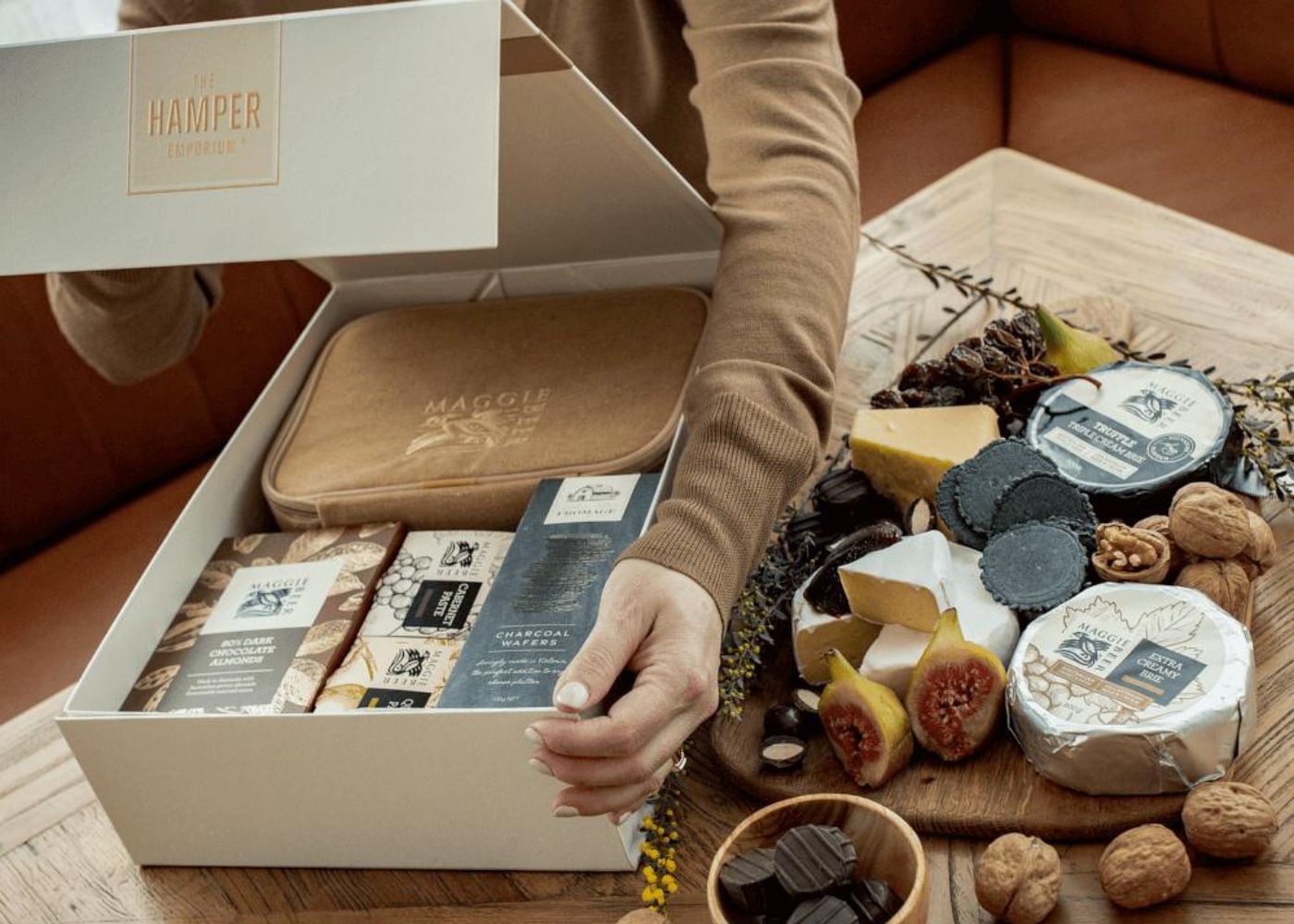
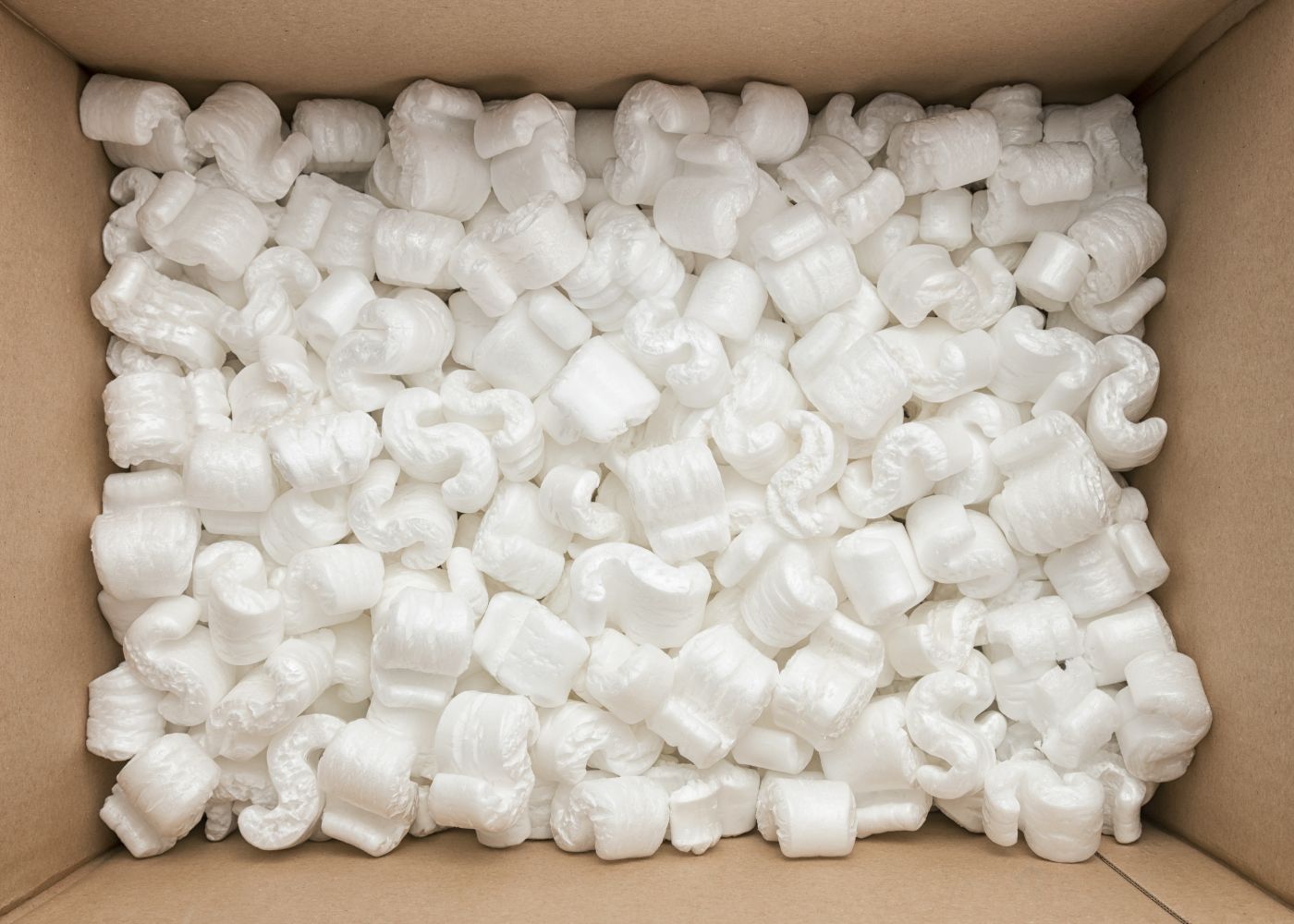
4. Swap out plastic protective barriers for corrugated cardboard
Foam. That protective cushioning material that’s found frequently in the packaging of fragile items.
Now what many don’t know is that some foams are in fact recyclable. However, said foams need to be sent to specialty recycling facilities, which isn’t always convenient for consumers.
Today, we’ve helped numerous customers make the swap from foam to corrugated cardboard across various packaging projects.
Corrugated cardboard is a versatile and sustainable packaging material known for its strength, durability, and excellent protective properties. Also, known for being one of our favourite packaging materials to work with.
Take the example of LARK Distillery, an award-winning Tasmanian spirit company that’s been ticking for over 30 years, creating some of the most remarkable whiskies, worldwide.
As Australia’s first carbon-neutral distillery, LARK places a significant emphasis on harnessing sustainable business practices wherever possible and is moving towards making sure all their packaging is fully curbside recyclable.
When we saw the opportunity to make the jump from foam to corrugated cardboard for their whisky boxes, it was a no-brainer and we’ve since designed and created new prototypes to replace foam altogether.
To learn more about the work we’ve done with LARK, click here for a full Case Study.
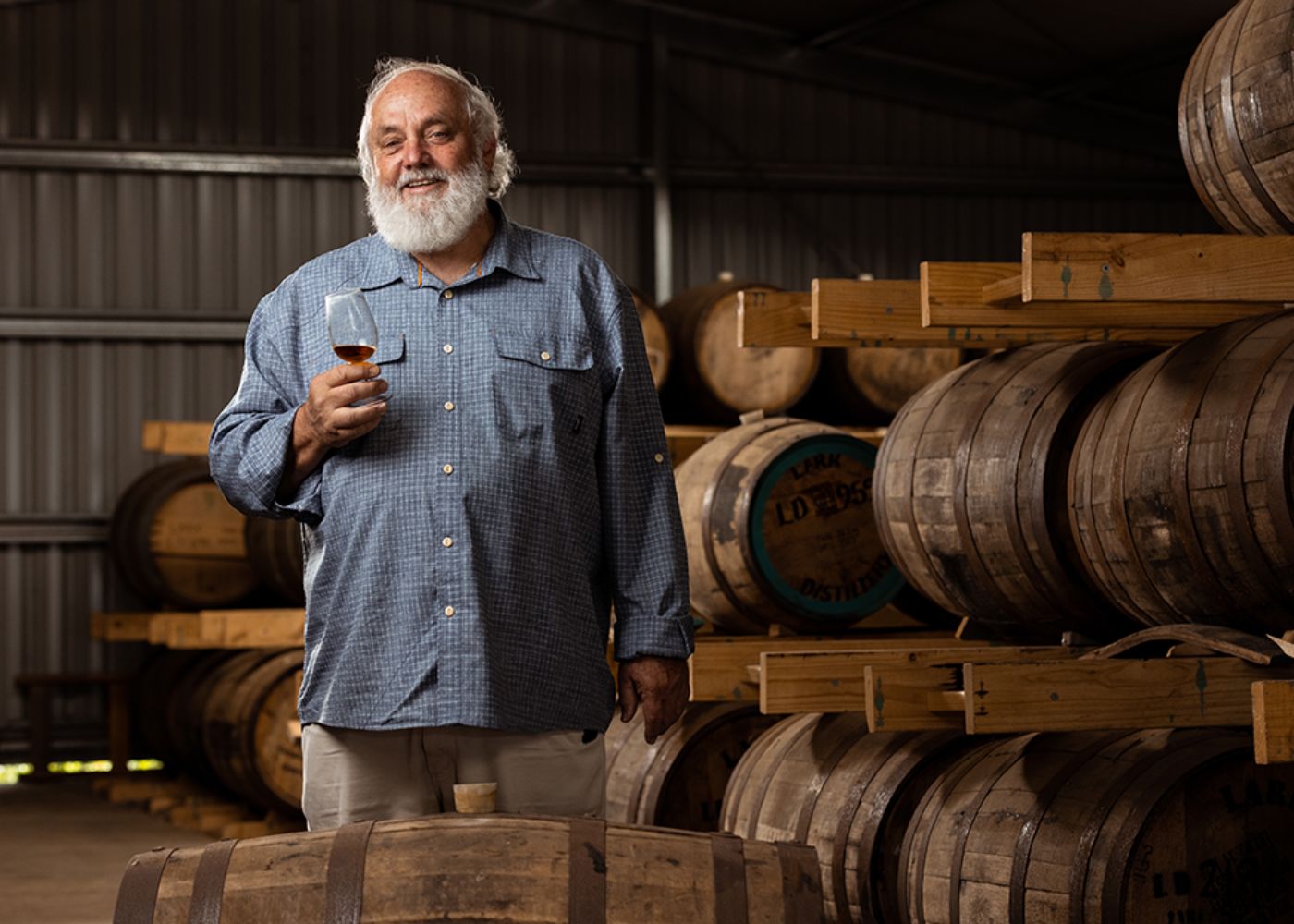
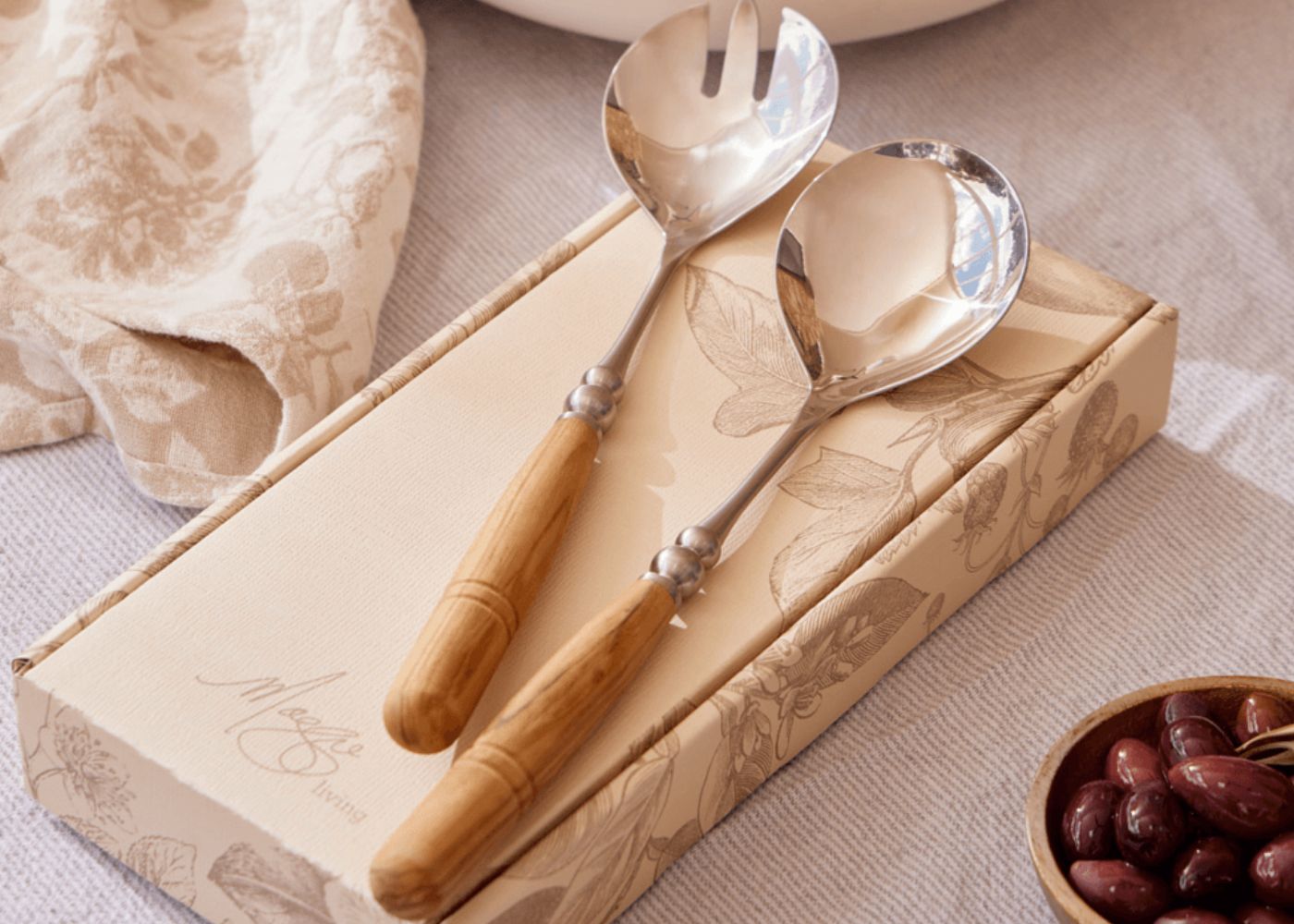
5. Use biodegradable materials where possible
Biodegradable materials play a pivotal role in our efforts toward sustainability. These materials have the ability to naturally break down into harmless compounds through the action of microorganisms, reducing waste and pollution.
With their diverse range and eco-friendly characteristics, biodegradable materials foster a circular economy and a cleaner future.
So, what are some biodegradable materials when it comes to packaging? From paper and cardboard to the likes of mushroom packaging and packaging peanuts, the spectrum of biodegradable packaging materials is growing quickly.
We’ve been working with Maggie Beer for several years now and it has been so rewarding to help them steer away from matte lamination and more recently adopt our new biodegradable soft touch finish on their packaging.
This ground-breaking biodegradable finish is something that we’ve been on the hunt for over the course of years and it feels so good to finally be able to kick matte lamination to the curb!
To learn more about the work we’ve done with Maggie Beer, click here for a full Case Study.
Conclusion
With the dire need to pave the way for a greener future, sustainable packaging is here to stay. Our world needs it, and our customers seek it out.
It’s evident that there are many different small steps you can take throughout your packaging processes toward being more sustainable.
All that said, should you need a sounding board on how to make your packaging solutions more sustainable, come and connect with us for a Materials Audit.
It’s an opportunity for us to ensure you’re working with optimal materials for your packaging solutions. We’ll identify if you’re overpackaging, how to mitigate this, what eco-friendly materials you can integrate whilst still ensuring appropriate protective barrier packaging, and more.